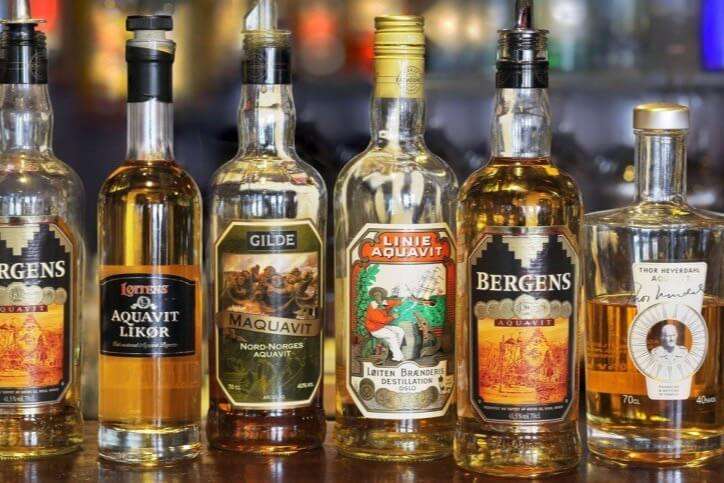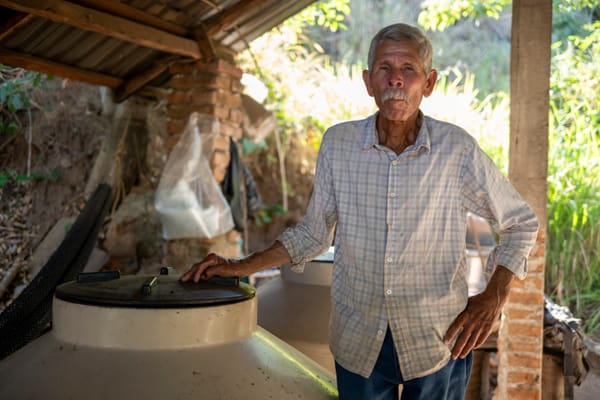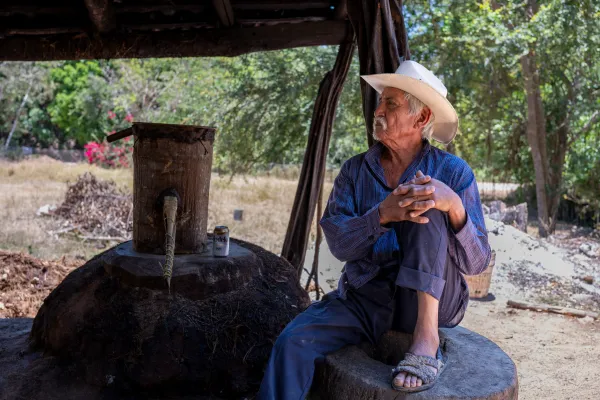Aquavit: The Drink of Vikings

It seems like the Scandinavian countries are always at the forefront of design and innovation. You have heard about their progressive government and policies. You have heard about (and experienced) “hygge.” But what you may not have heard of is aquavit, a liquor that has had a resurgence of late but has been a staple of Nordic culture for centuries.
A Brief History of Aquavit
The word aquavit comes from the Latin aqua vitae or, “water of life.” It’s a spirit that has been produced in Scandinavia since the 15th century. Aquavit is made by infusing grain alcohol with herbs, predominantly dill and caraway, which is distilled further. It’s also popular to barrel age, giving it a darker hue and a roundness to the flavor profile.
The first mention of aquavit allegedly comes from a letter written by Danish Lord Eske Bille to Norwegian bishop Olav Engelbrektsson in 1531. In it, he mentions a “spiced liquor that would cure any illness known to man.” During the later part of the 16th century, Sweden was hit by many epidemics. Alcohol was commonly used as a medicine, especially those involving various herbs and spices. Since it made people sweat, it was regarded as an effective medicine.
One prominent producer of aquavit was Princess Anna of Sachsen. She was highly interested in herbs, tinctures, and spirits. Her concoctions become prominent and would even ship her elixirs to kings and emperors all over Europe. Fast forward a couple of hundred years to 1916, liquor was illegal in Norway. However, spirits like aquavit were still used to treat various ailments after World War I. Because of this, every Norwegian could get half a liter per consultation with a doctor. Funnily enough, farm animals could also get prescribed hard liquor and were even allowed two gallons per prescription. Though the legend of aquavit’s healing powers may have faded, it’s still commonly used to help digest large meals during the holiday season.
The Types of Aquavit
Each Nordic country has a unique variety of aquavit. The Swedish version is made of grain and is heavier on the anise and fennel flavors. The Danes also make theirs from grains but prefer an anise and caraway forward version. In Norway, aquavit is made from potatoes and usually barrel-aged, giving it a lovely amber color. One Norwegian type, in particular, known as Linje, has a unique process. The aquavit is put into a barrel (often a sherry cask), loaded onto ships, and then sailed to the Equator and back. The constant rolling of the ocean and temperature fluctuations supposedly enhances the flavor and smoothness of the spirit. One notable brand, Linie, has a long tradition of such practices:
“It all started back in 1805, when the Norwegian trade family, Lysholm, shipped potato aquavit to the East Indies. Here people were totally uninterested in buying it, so the aquavit was sailed back to Norway. On its arrival in 1807, it was discovered that the sea voyage had vastly improved the taste. Since that day, every drop of LINIE has been sent on a sea journey across the world to mature, crossing the Equator twice.”’
How to Drink Aquavit
Drinking aquavit is still a big part of the Scandinavian culture to this day, heavily consumed during the holiday seasons and special occasions. The toasting tradition has some awesome Viking roots. When drinking, you toast by saying “skal,” which means “to health.” It’s also important to maintain eye contact with your drinking partner because you never know when they might take an ax to your back. Aquavit can be paired with a variety of different foods, and even dark beer. During the summer, you’ll often find it with a spread of smoked salmon, pickled herring, and some strong cheeses.
Where to Find It
On a recent trip to Copenhagen, I was able to visit Copenhagen Distillery and try their new take on aquavit, including “Mulberry Rose” and “Black Taffel” varieties. If you happen to be passing through Copenhagen, I would definitely recommend visiting the distillery. Not only are they producing some interesting aquavit but also a variety of great gins as well. Fortunately, aquavit has also been making waves in other countries. An article from the New York Times back in the ’80s has mentions it in the US. And newer brands like Krogstad or North Shore are trying to bring aquavit into the mainstream.




